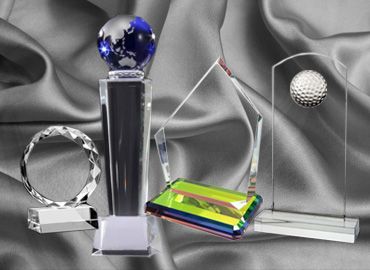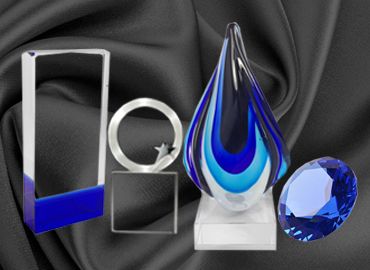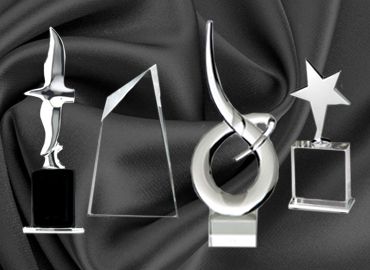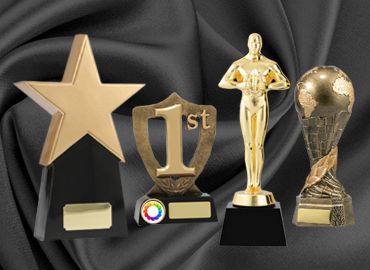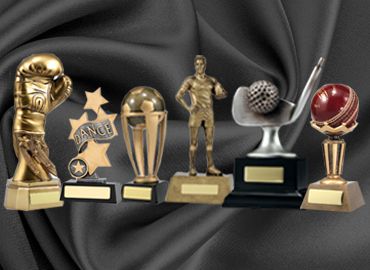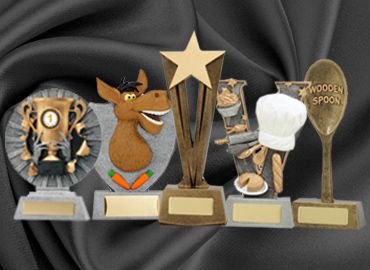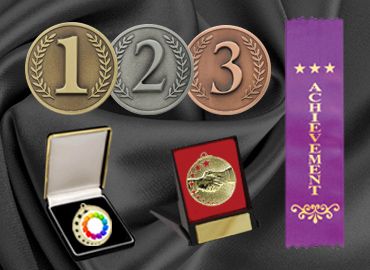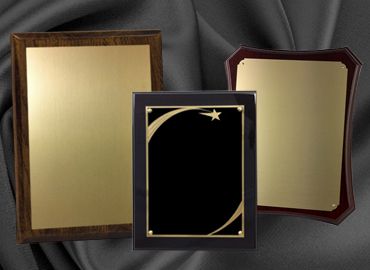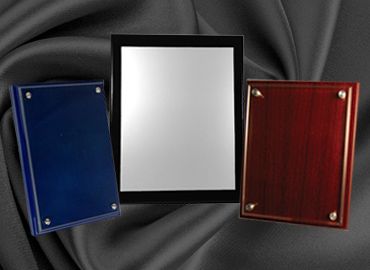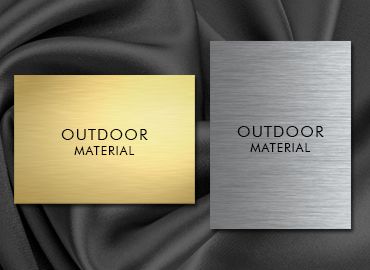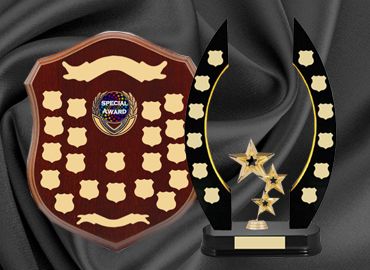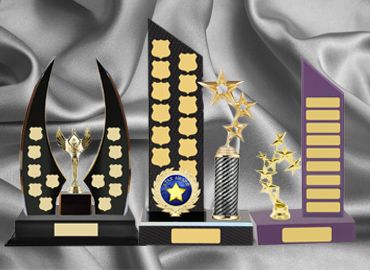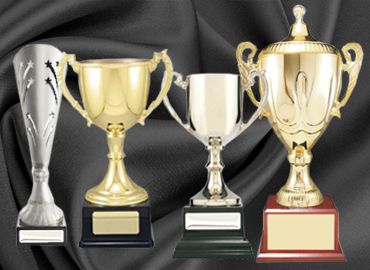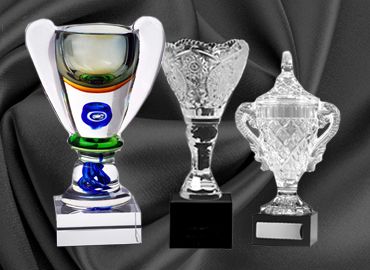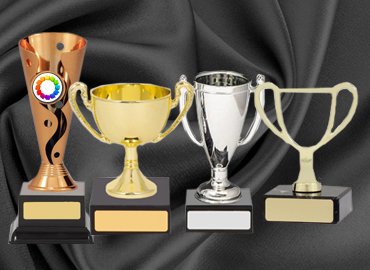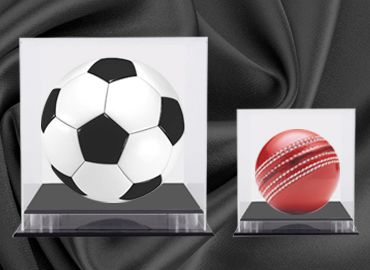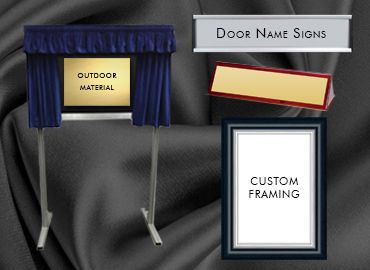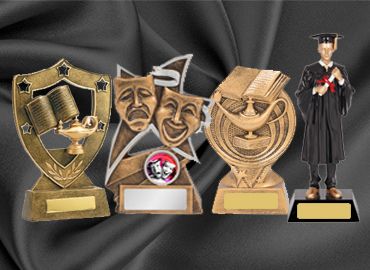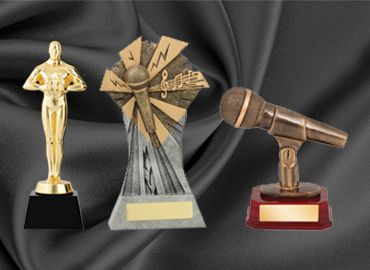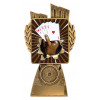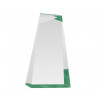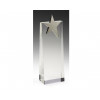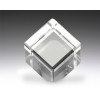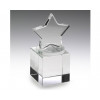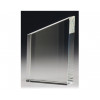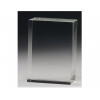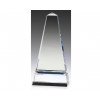Have you ever told some children to run hundred meter race and offer them pricy chocolate to whom reach the demarcation line the first? Many children will run and proudly win the prize. Chocolate is a common thing for most children, but winning declared chocolate as a prize is a matter of pride among others or a group.
Humans Love Recognition
A prize pampers the self of the winners and inspires them to do something extra and outstanding. The same psych works for warriors, racers, athletes, artists, students, and even corporate employees and executives!
Every human being is hungry for recognition for whatever they do with extra efforts and out-of-box. It has given birth to the rewarding system by giving money, material, medals, shields, cups, trophies, plaques, and myriads of other forms of awards to the top winners, runners-up, and sometimes all participants according to the worth of their level of achievements.
Awards & Trophies in Ancient Days
The British Museum has housed an Athenian drinking cup of 500-475 BC era, which has portrayed athletes wearing red ribbons tied around the head, sometimes around arms and legs too. Many experts assume that those ribbons might have given as awards for ancient games.
In ancient Olympics, mostly in Greece, victors were awarded laurel wreath. A circular wreath made up of interlocking (Twisted) branches of Bay Laurel, an aromatic broadleaf evergreen plant.
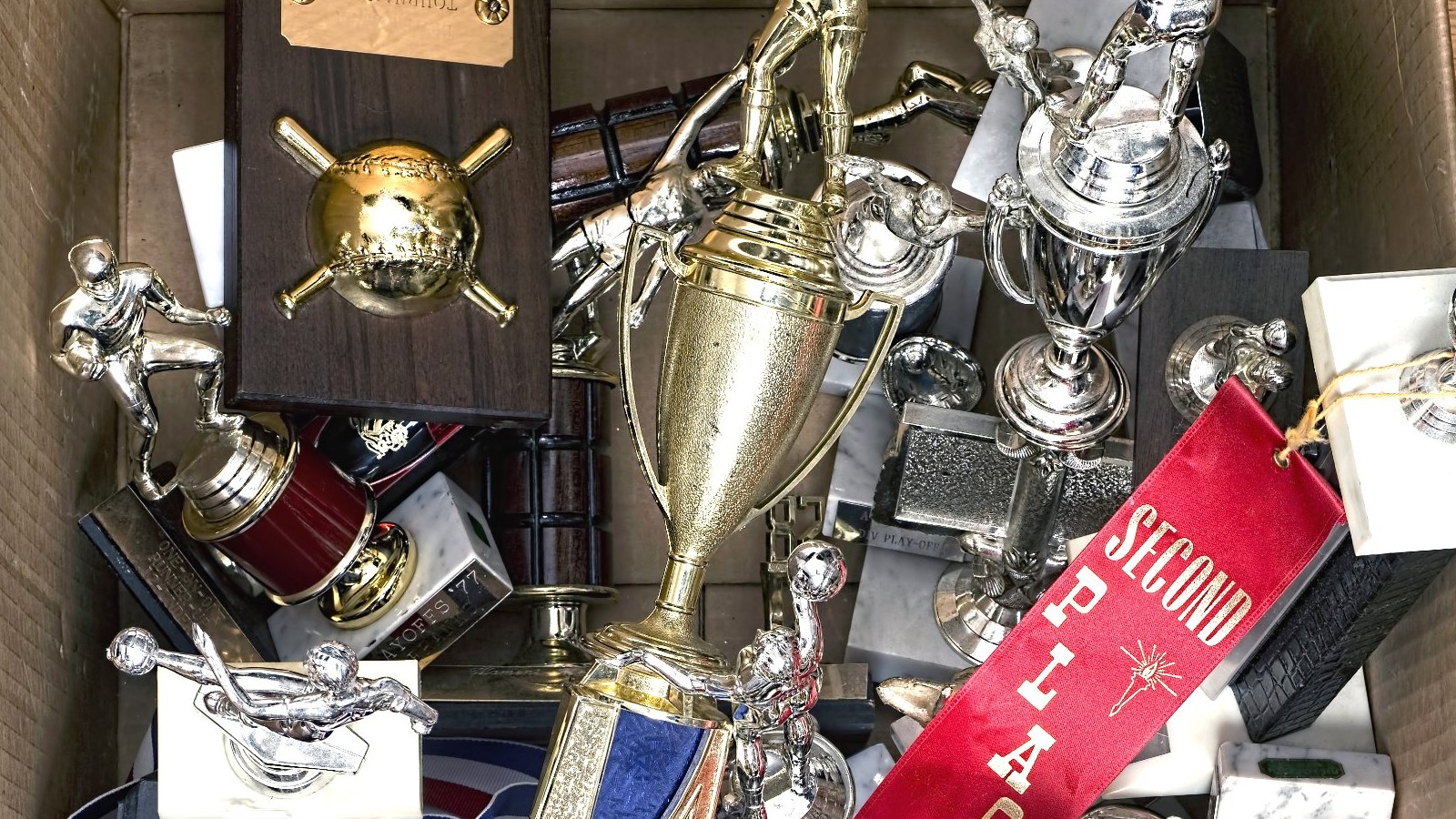
In Greek mythology, Apollo seems wearing the same laurel wreath on his head.
The local game winners were receiving amphora of sacred olive oil instead of laurel wreath on the head.
Amphora is a typically shaped container used for carrying liquid and dry products for transportation and storage. Amphora has two handles and a curved body with a base.
Olympic winners were wearing a chaplet around the head or the neck like a garland. It considered a symbol of high esteem for winners in various games. The same was applied in academic awards and given laurels in graduation ceremonies in ancient Rome, Egypt, and elsewhere.
In Olympia, interstate victors were allowed to set up their statues sculptured from metal like bronze or marble and sponsored by the state they belong. Moreover, Olympic winners have privileges of free boarding and lodging or theatre pass for a lifetime!
Awards & Trophies in Middle Age
In middle age, a footed cup called chalice or goblet used in religious ceremonies in church and prominent places. Chalices often made of precious metals and enamelled or jewelled with richly materials/stones.
The precious chalices gave to the winner of games, scholars, warriors, workers in kingdoms, and citizens for special or bravery performance or services. Later on, chalices had converted into two handled sterling cups with a solid and rectangular base to engrave name/s of winner/s.
Henry Ford Museum housed Kyp Cup, which given to the winners of a horse race in around 1699. Similarly, Elizabeth 1 awarded ‘Carlisle Bells’ trophies dating back 1559 to 1599. Tullie House has several artefacts from Roman regions used as awards for the various purpose by the middle age people.
Awards & Trophies in Modern Era
Davis Cup, America’s Cup, Stanley Cup, and many modern World Cups are designed based on chalices or cup-shaped trophies given in middle age. However, most modern sports trophies have commemorated of the event for that those designed. For example, basketball trophies a basketball shape included.
However, the modern trophies used in prestigious high-end games and academic awards are made up of precious metals like gold, silver, and mix of bronze. Those have an engraving of beautiful design and embedded precious stones including diamonds and pearls.
|
|
Wimbledon is a known the name in the world of tennis trophies. |
|
FIFA is a symbol of football trophies. |
|
|
|
ICC is cricket championship king. |
|
Oscar is a prestigious academy award for movies and media people. |
|
|
|
Nobel prize is known for academic, cultural, peace, and scientific advances. |
Those trophies are costing millions of dollars and used as a perpetual trophy that club or authorized body kept with it and gave a less costly replica of it by engraving the name/s of the winner on it.
The same concept has adopted by corporate trophy designers, and they have included company or organization logo or symbol/icon in their trophies for various corporate purposes.
Various trophies and medals are available in a variety of materials, shapes, and engravings.
Conclusion:
Fortunately, various awards like trophies, medals, plaques, and others are now manufacturing using the cheaper yet decent materials including resins, plastics, and crystals by known trophy makers across the globe.
Olympia is a leading trophy making company in Australia working for decades in this field. It has trophy designers capable of translating your most abstract vision into a physical representation with any material successfully.
You can find enough diversity in trophy material, engraving, and emblem with customization of your trophy order.




